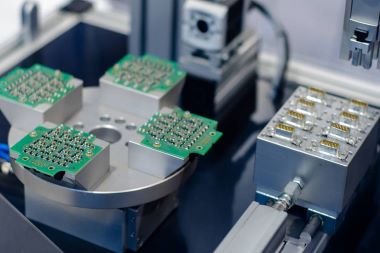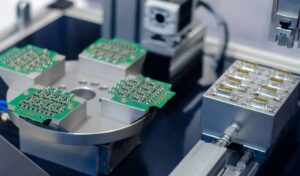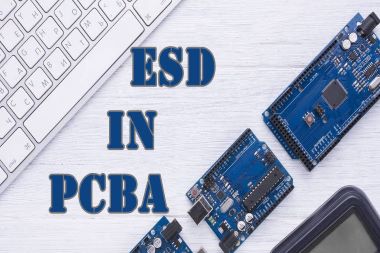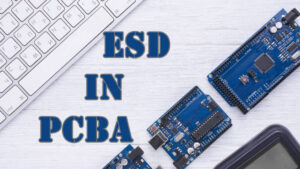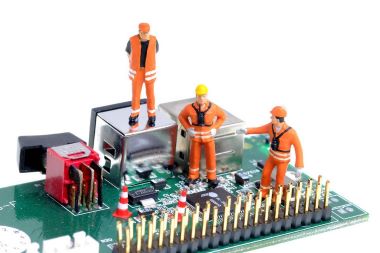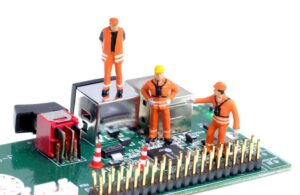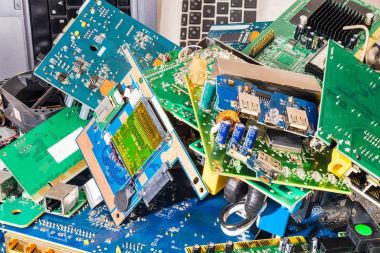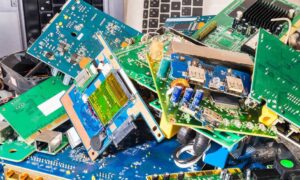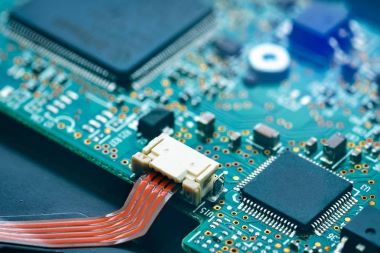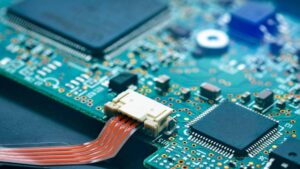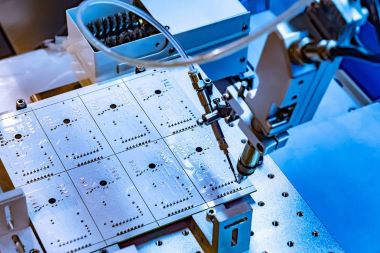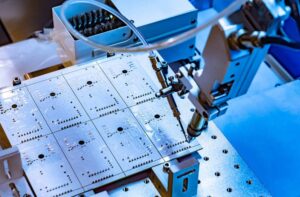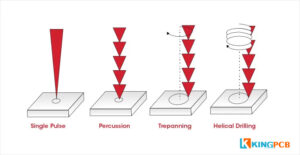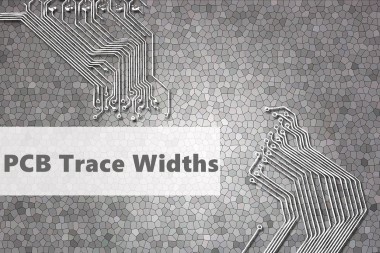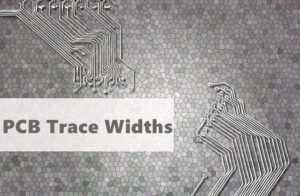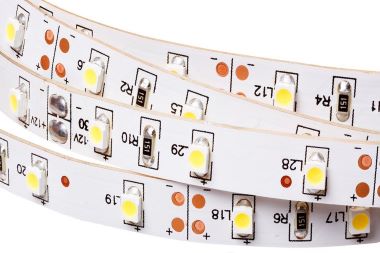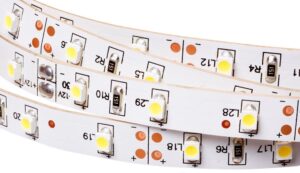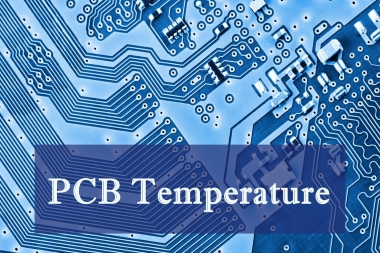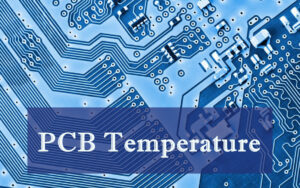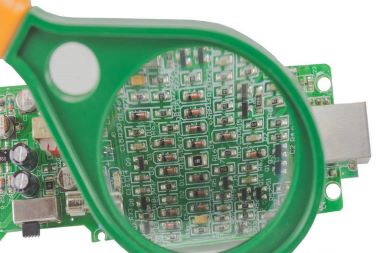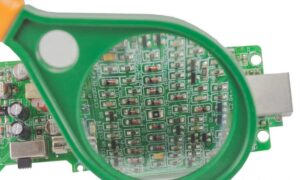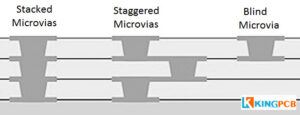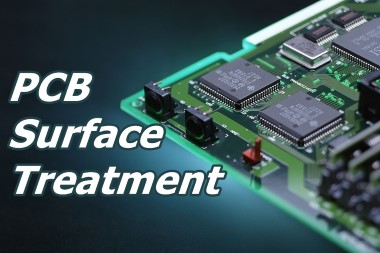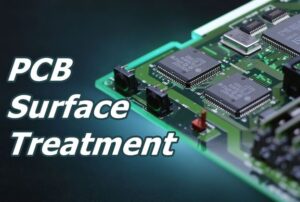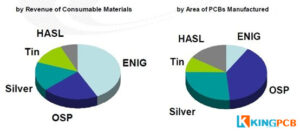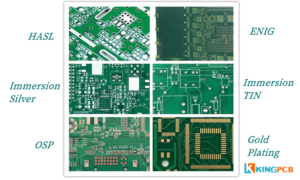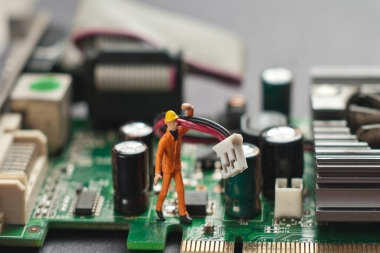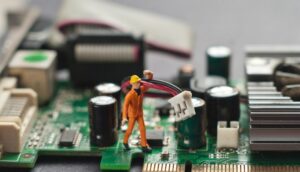What is First Article Inspection?
First Article Inspection (FAI) is one of the important processes before massive PCBA manufacturing. The production line processing a certain number of products, after a full range of testing, can reduce the risk of errors in the production process, and improve production quality.
Through FAI, can find many problems such as fixture wear or installation positioning errors, measuring instrument accuracy problems, material feeding, recipe errors, and other causes, so corrective or corrective measures can be taken.
What circumstances require the FAI?
- When a new product is launched for the first time
- At the beginning of each work shift or handover
- Product type
- Adjustment of equipment, fixtures, loading
- Technology, process, and parameters changing
- New material
- Change of laboratory fluid, etc.
What is the standard of the FAI?
Three-inspection system:
- self-inspection
- mutual inspection
- transfer inspection
The products sent for inspection need to be checked by the operator for the first time, then by the production team leader, and finally by the inspector to check and confirm that they are qualified before processing.
The inspector needs to do the required markings on the inspection of qualified products (such as the endorsement “first qualified”, etc.). Maintain until the class or a batch of products is processed (all the first products must be left as a sample for subsequent product comparison, to see whether the process changes and mark with a marker “√ ” to show that through the FAI)
The FAI should be done in a timely manner when the first record, fills out the FAI confirmation.
What are the major items of the FAI?
- The drawing number is consistent with the work order
- Consistency of materials, embryos or semi-finished products in the work order
- The surface treatment and installation positioning of the material and embryo are consistent
- Whether the material is in accordance with the requirements
- Quality characteristics of the first parts are in accordance with the requirements specified in the drawings or technical documents
Attention of PCBA FAI process
- Protective measures, such as electrostatic protection
- Position, polarity, angle, etc. of the mounted components meet the requirements of technical documents.
- Is the quality of the incoming material of the components qualified, such as component color, component size, positive and negative polarity, etc.
- Is the welding quality of the components meets the requirements of the relevant technical documents.
- The inspector should make a mark on the first piece of qualified inspection according to the regulations, and retain it until the completion of the batch of products.
- The first inspection must be timely, so as not to reduce production efficiency.
- The first piece without passing the inspection, shall not continue processing or operations.
In short, the above is the PCBA processing process may encounter problems and preventive measures, we hope it will be helpful to you
KingPCB’s service
KingPCB provides a one-stop PCBA manufacturing platform, accepting samples/small orders, SMT placement, PCB prototyping, PCB assembly, and electronic component procurement services.
Contact us today to get more information.


